-
 Bitcoin
Bitcoin $109,459.7682
2.44% -
 Ethereum
Ethereum $2,598.6052
6.29% -
 Tether USDt
Tether USDt $1.0003
0.00% -
 XRP
XRP $2.2734
3.95% -
 BNB
BNB $661.4886
1.58% -
 Solana
Solana $155.4825
4.35% -
 USDC
USDC $0.9999
-0.02% -
 TRON
TRON $0.2838
1.04% -
 Dogecoin
Dogecoin $0.1740
8.25% -
 Cardano
Cardano $0.6047
9.04% -
 Hyperliquid
Hyperliquid $40.2302
6.50% -
 Sui
Sui $2.9863
10.05% -
 Bitcoin Cash
Bitcoin Cash $509.5786
0.60% -
 Chainlink
Chainlink $13.8156
6.03% -
 UNUS SED LEO
UNUS SED LEO $9.0142
0.69% -
 Avalanche
Avalanche $19.0337
8.68% -
 Stellar
Stellar $0.2438
5.17% -
 Toncoin
Toncoin $2.9012
3.59% -
 Shiba Inu
Shiba Inu $0.0...01210
6.20% -
 Litecoin
Litecoin $90.0882
7.05% -
 Hedera
Hedera $0.1597
8.53% -
 Monero
Monero $326.3340
2.88% -
 Polkadot
Polkadot $3.6365
9.32% -
 Bitget Token
Bitget Token $4.6162
2.72% -
 Dai
Dai $1.0001
0.00% -
 Ethena USDe
Ethena USDe $1.0002
-0.01% -
 Uniswap
Uniswap $7.6403
10.47% -
 Pepe
Pepe $0.0...01060
12.03% -
 Aave
Aave $281.3664
7.56% -
 Pi
Pi $0.4992
1.76%
What is a gas limit vs gas price?
Understanding gas limits and prices is essential for efficient blockchain transactions, as they directly impact cost, speed, and success.
Jul 03, 2025 at 07:42 am

Understanding the Basics of Gas in Blockchain Transactions
In the world of blockchain, especially within Ethereum-based networks, gas is a crucial concept that determines how transactions are processed. It represents the fee required to successfully conduct a transaction or execute a smart contract on the network. The term "gas" is metaphorical, much like fuel for a car — without it, your transaction won't move forward. Two key components define gas: gas limit and gas price, which together determine the total cost of a transaction.
Gas limit refers to the maximum amount of gas you're willing to spend on a transaction. It acts as a safety net to prevent infinite loops or excessive resource consumption during smart contract execution. If the transaction uses less than the specified gas limit, the unused portion is returned to the sender. However, if the transaction consumes all the allocated gas without completing, it fails, but the gas is still charged.
What Is Gas Limit?
The gas limit is a parameter set by users when sending a transaction. It defines the upper boundary of computational effort that can be spent on processing that particular transaction. Simple transactions, such as transferring ETH from one wallet to another, require fewer computational steps and thus have a lower gas limit. In contrast, complex interactions with smart contracts, such as those involved in DeFi protocols or NFT minting, may require a higher gas limit due to increased processing demands.
- Default Gas Limits: Wallets and dApps often suggest default gas limits based on historical data and transaction type.
- Customization: Advanced users can manually adjust the gas limit depending on the complexity of the transaction.
- Gas Limit Too Low: If the gas limit is too low, the transaction will fail and consume all the gas anyway.
Setting an appropriate gas limit is essential to avoid unnecessary losses or failed transactions. Most wallets provide warnings if the suggested gas limit seems unusually high or low compared to standard benchmarks.
Exploring Gas Price in Detail
While gas limit sets the cap on computation, gas price determines how much each unit of gas costs in terms of ETH or its subunits (like gwei). Gas price is typically measured in gwei, where 1 gwei equals 0.000000001 ETH. Users specify the gas price they're willing to pay per unit of gas, which directly influences how quickly miners or validators prioritize their transaction.
- High Gas Prices: Transactions with higher gas prices get faster confirmation times since miners earn more by including them first.
- Low Gas Prices: Opting for lower gas prices can delay transaction confirmations, especially during network congestion.
- Dynamic Pricing: Ethereum's EIP-1559 introduced a base fee that adjusts dynamically based on network demand, alongside optional priority fees.
Users can choose between fast, average, or slow transaction speeds based on the current gas market conditions. Some wallets offer real-time gas price estimators to help users make informed decisions.
Difference Between Gas Limit and Gas Price
Although both parameters are part of the same transaction mechanism, gas limit and gas price serve distinct functions:
- Function: Gas limit controls how much computation is allowed, while gas price dictates how much the user pays per unit of gas.
- Impact on Transaction: A low gas limit may cause transaction failure, whereas a low gas price results in delayed confirmations.
- Adjustability: Both values can be adjusted manually, though gas price has a more immediate effect on transaction speed.
Together, these two values determine the total transaction cost, calculated as:
Total Cost = Gas Used × Gas Price
This formula helps users estimate the expense before submitting a transaction, especially when interacting with complex decentralized applications.
How to Set Gas Limit and Gas Price Effectively
Setting optimal gas values requires understanding both the nature of the transaction and current network conditions. Here’s a detailed guide:
- Check Network Congestion: Use tools like Etherscan Gas Tracker or GasNow to monitor real-time gas prices and decide accordingly.
- Estimate Gas Usage: For simple transfers, the gas limit is usually around 21,000. For smart contract interactions, wallets often provide estimates.
- Set Priority Fee: Under EIP-1559, users can add a tip (priority fee) to incentivize miners during busy periods.
- Avoid Overpaying: Always review the suggested gas price and compare it with market rates to avoid overpayment.
Many modern wallets allow users to switch between different gas strategies, such as “slow,” “normal,” or “fast.” These options automatically adjust gas price and sometimes even gas limit based on recent block data.
Frequently Asked Questions
Q: Can I recover the full gas fee if my transaction fails?
A: No, if a transaction runs out of gas and fails, the entire gas limit amount is consumed as compensation for the computational work performed by the network.
Q: Why do some transactions require a higher gas limit?
A: Smart contract interactions, especially those involving multiple functions or large datasets, consume more computational resources, hence requiring a higher gas limit.
Q: How does EIP-1559 affect gas pricing?
A: EIP-1559 introduces a dynamic base fee that changes based on block space demand. Users can also include a priority fee to speed up transaction inclusion.
Q: What happens if I set a very high gas price?
A: Setting a very high gas price ensures your transaction gets included in the next block quickly, but it significantly increases the transaction cost.
Disclaimer:info@kdj.com
The information provided is not trading advice. kdj.com does not assume any responsibility for any investments made based on the information provided in this article. Cryptocurrencies are highly volatile and it is highly recommended that you invest with caution after thorough research!
If you believe that the content used on this website infringes your copyright, please contact us immediately (info@kdj.com) and we will delete it promptly.
- Crypto Summer Buys: Is Shiba Inu Out, and What's In?
- 2025-07-03 18:30:12
- Bitcoin, Solaris Presale, and Coin Watch: Catching the Next Wave
- 2025-07-03 19:10:11
- BONK ETF Buzz: Catalyst for a Meme Coin Moonshot?
- 2025-07-03 19:50:12
- Sui Coin, Bitcoin Solaris, and the Presale Opportunity: Catching the Next Wave
- 2025-07-03 19:50:12
- Sui Coin, Bitcoin Solaris, and Presale Opportunities: What's the Buzz?
- 2025-07-03 19:55:14
- MEXC's Bitcoin Reserves: A Fortress of Asset Coverage
- 2025-07-03 19:55:14
Related knowledge

What is open interest in derivatives?
Jul 03,2025 at 02:49pm
Understanding Open Interest in DerivativesOpen interest is a critical metric used in the cryptocurrency derivatives market, particularly when analyzing futures and options contracts. It represents the total number of outstanding contracts that have not been settled or closed by either party involved. Unlike trading volume, which counts all trades made i...
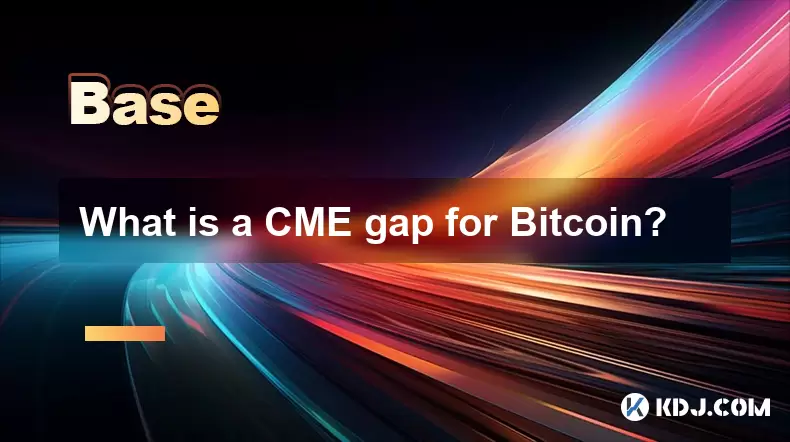
What is a CME gap for Bitcoin?
Jul 03,2025 at 05:49pm
Understanding the Concept of a CME GapA CME gap refers to a discrepancy in price between the closing price of Bitcoin on the Chicago Mercantile Exchange (CME) and its opening price when trading resumes. This phenomenon occurs because the CME operates during specific hours, typically aligned with traditional market hours, while cryptocurrency markets ope...
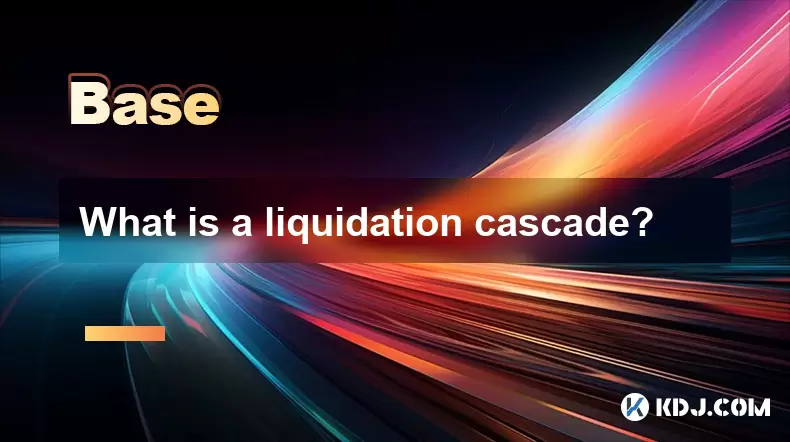
What is a liquidation cascade?
Jul 03,2025 at 07:15am
Understanding the Concept of LiquidationIn the realm of cryptocurrency trading, liquidation refers to the process by which a trader's position is automatically closed due to insufficient funds to maintain the leveraged trade. This typically occurs when the market moves against the trader's position and their account equity falls below the required maint...
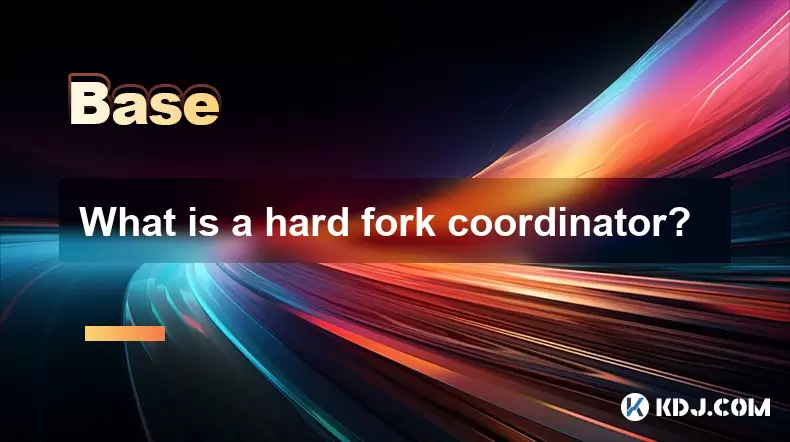
What is a hard fork coordinator?
Jul 03,2025 at 12:42pm
Understanding the Role of a Hard Fork CoordinatorIn the world of blockchain and cryptocurrencies, a hard fork coordinator plays a critical role during major network upgrades. A hard fork is a significant change to a blockchain’s protocol that makes previously invalid blocks or transactions valid (or vice versa). This type of upgrade requires all nodes o...
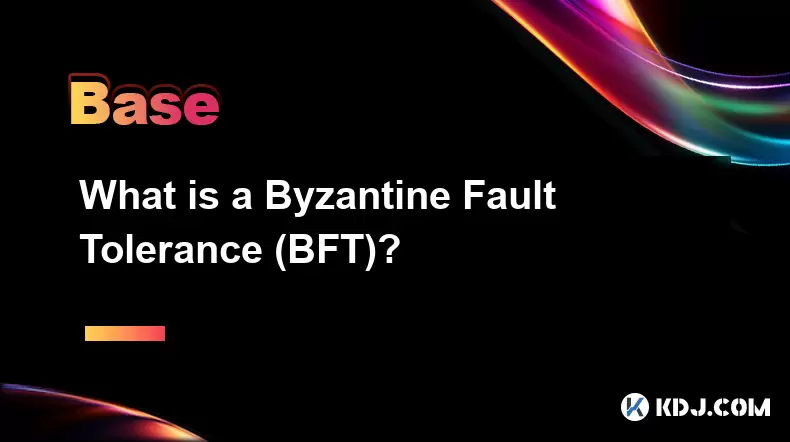
What is a Byzantine Fault Tolerance (BFT)?
Jul 03,2025 at 11:49am
Understanding the Concept of Byzantine Fault ToleranceByzantine Fault Tolerance (BFT) is a critical concept in distributed systems, particularly within the realm of blockchain technology and cryptocurrencies. It refers to the ability of a system to continue functioning correctly even when some components fail or behave maliciously. The term originates f...
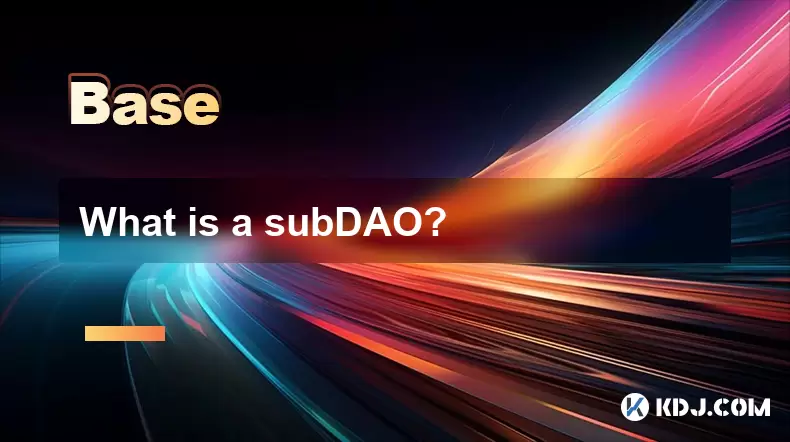
What is a subDAO?
Jul 03,2025 at 09:36am
Understanding the Concept of SubDAOA SubDAO, short for Sub-Decentralized Autonomous Organization, is a specialized entity that operates under the umbrella of a larger DAO (Decentralized Autonomous Organization). It functions with its own set of rules, governance mechanisms, and tokenomics while remaining aligned with the overarching goals of the parent ...

What is open interest in derivatives?
Jul 03,2025 at 02:49pm
Understanding Open Interest in DerivativesOpen interest is a critical metric used in the cryptocurrency derivatives market, particularly when analyzing futures and options contracts. It represents the total number of outstanding contracts that have not been settled or closed by either party involved. Unlike trading volume, which counts all trades made i...

What is a CME gap for Bitcoin?
Jul 03,2025 at 05:49pm
Understanding the Concept of a CME GapA CME gap refers to a discrepancy in price between the closing price of Bitcoin on the Chicago Mercantile Exchange (CME) and its opening price when trading resumes. This phenomenon occurs because the CME operates during specific hours, typically aligned with traditional market hours, while cryptocurrency markets ope...

What is a liquidation cascade?
Jul 03,2025 at 07:15am
Understanding the Concept of LiquidationIn the realm of cryptocurrency trading, liquidation refers to the process by which a trader's position is automatically closed due to insufficient funds to maintain the leveraged trade. This typically occurs when the market moves against the trader's position and their account equity falls below the required maint...

What is a hard fork coordinator?
Jul 03,2025 at 12:42pm
Understanding the Role of a Hard Fork CoordinatorIn the world of blockchain and cryptocurrencies, a hard fork coordinator plays a critical role during major network upgrades. A hard fork is a significant change to a blockchain’s protocol that makes previously invalid blocks or transactions valid (or vice versa). This type of upgrade requires all nodes o...

What is a Byzantine Fault Tolerance (BFT)?
Jul 03,2025 at 11:49am
Understanding the Concept of Byzantine Fault ToleranceByzantine Fault Tolerance (BFT) is a critical concept in distributed systems, particularly within the realm of blockchain technology and cryptocurrencies. It refers to the ability of a system to continue functioning correctly even when some components fail or behave maliciously. The term originates f...

What is a subDAO?
Jul 03,2025 at 09:36am
Understanding the Concept of SubDAOA SubDAO, short for Sub-Decentralized Autonomous Organization, is a specialized entity that operates under the umbrella of a larger DAO (Decentralized Autonomous Organization). It functions with its own set of rules, governance mechanisms, and tokenomics while remaining aligned with the overarching goals of the parent ...
See all articles

























































































